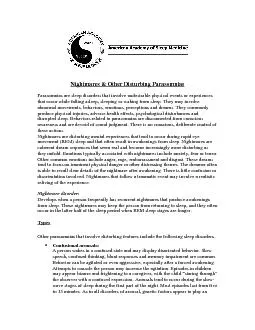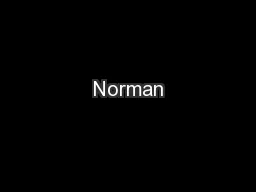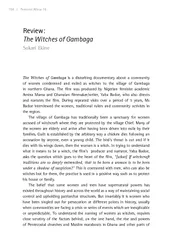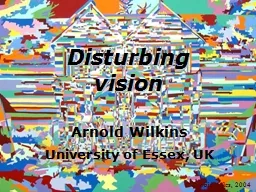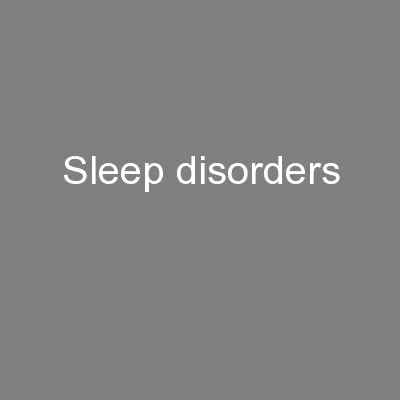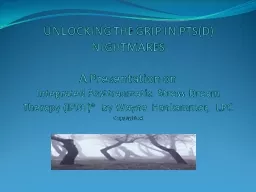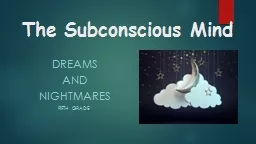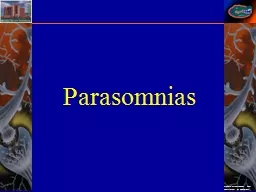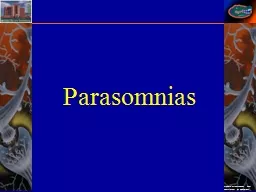PDF-Nightmares & Other Disturbing Parasomnias
Author : alexa-scheidler | Published Date : 2015-09-12
Parasomnias are sleep disorders that involve that occur while falling asleep sleeping or waking from sleep They may involve abnormal movements behaviors emotions
Presentation Embed Code
Download Presentation
Download Presentation The PPT/PDF document "Nightmares & Other Disturbing Parasomnia..." is the property of its rightful owner. Permission is granted to download and print the materials on this website for personal, non-commercial use only, and to display it on your personal computer provided you do not modify the materials and that you retain all copyright notices contained in the materials. By downloading content from our website, you accept the terms of this agreement.
Nightmares & Other Disturbing Parasomnias: Transcript
Download Rules Of Document
"Nightmares & Other Disturbing Parasomnias"The content belongs to its owner. You may download and print it for personal use, without modification, and keep all copyright notices. By downloading, you agree to these terms.
Related Documents

